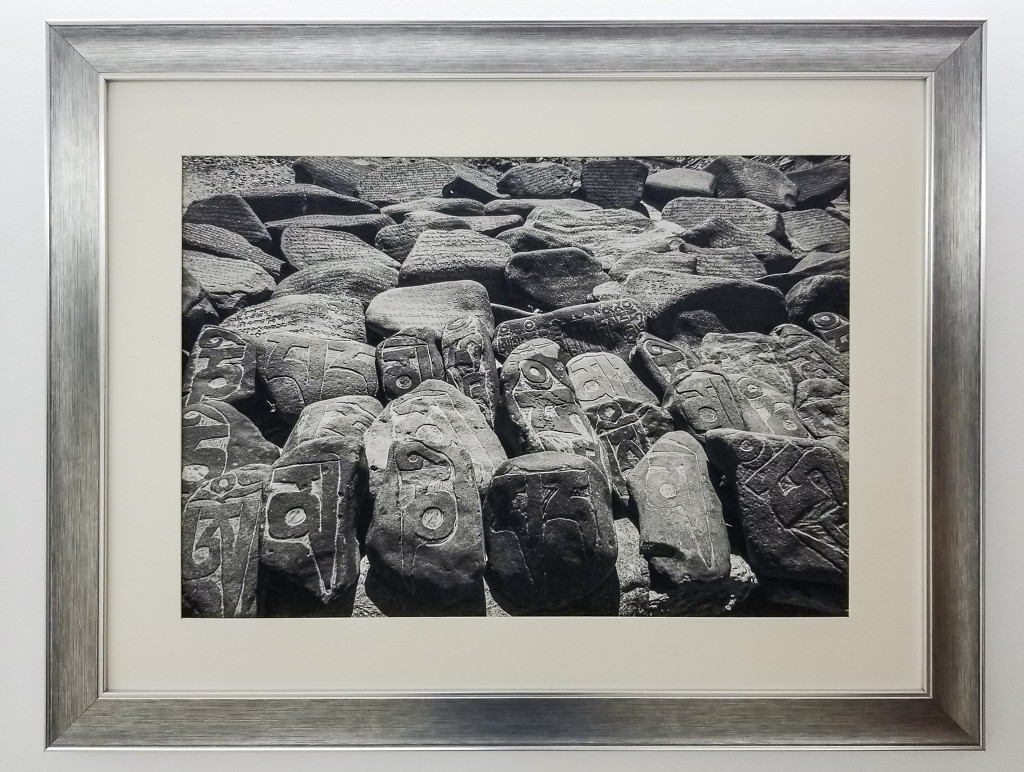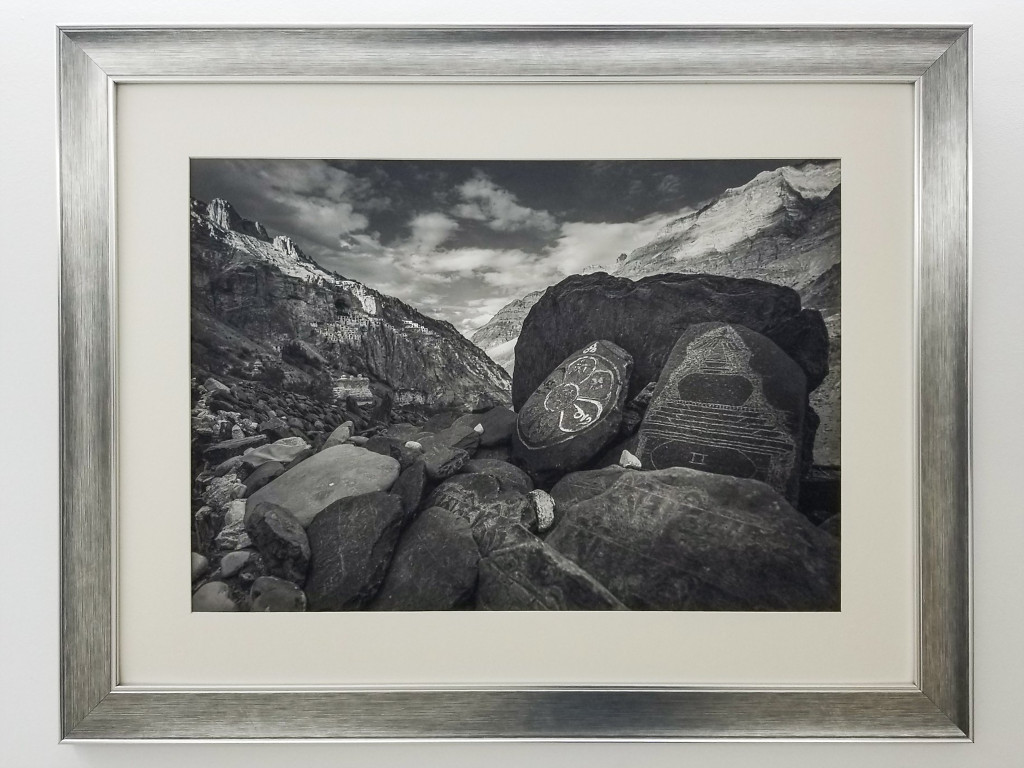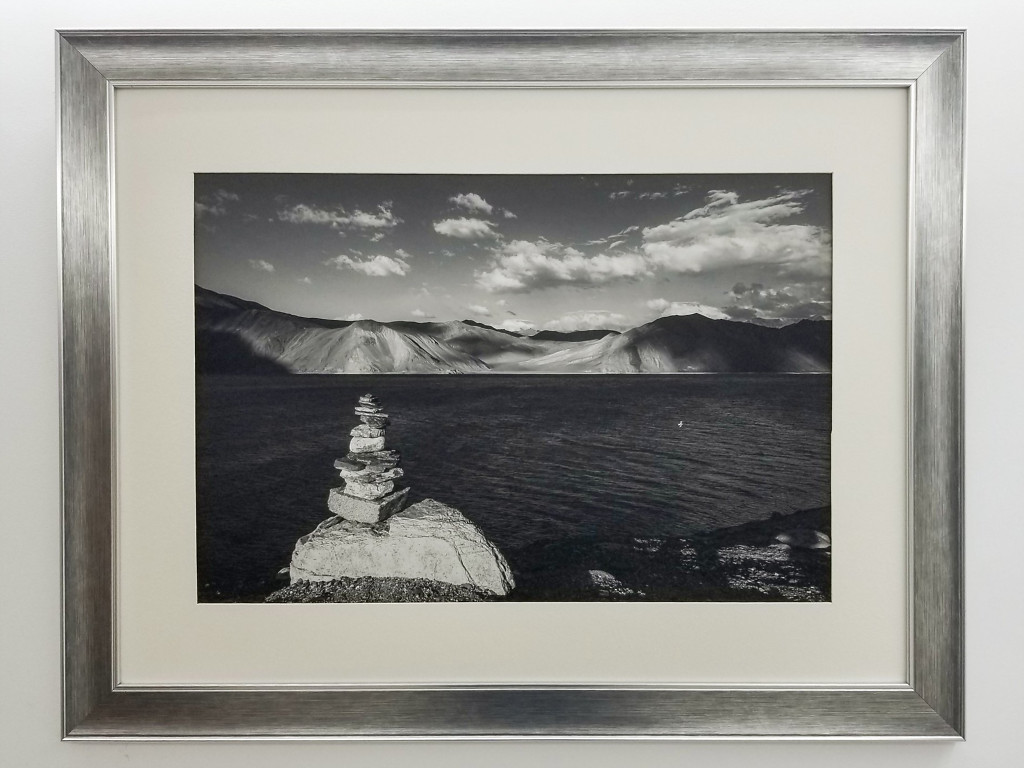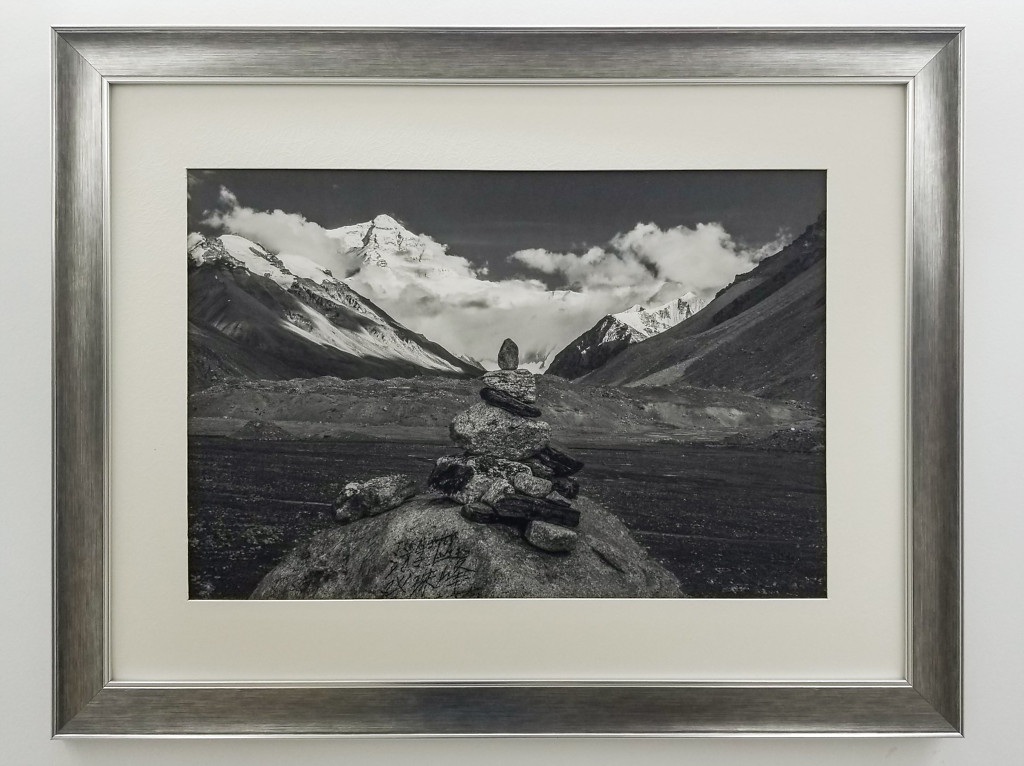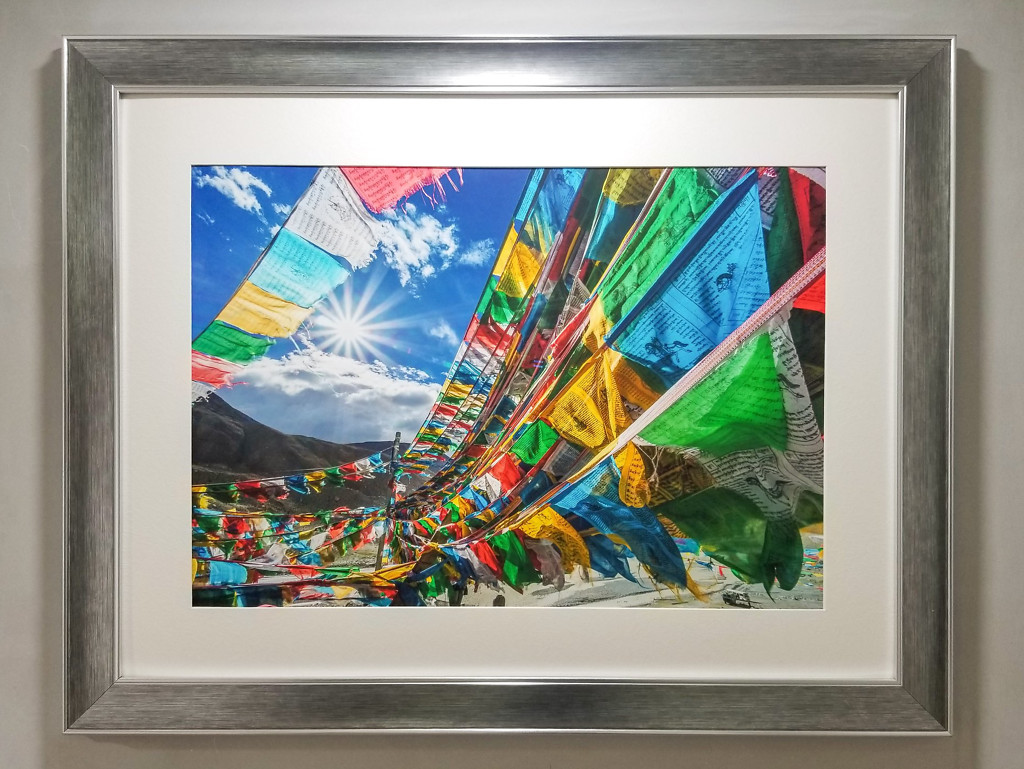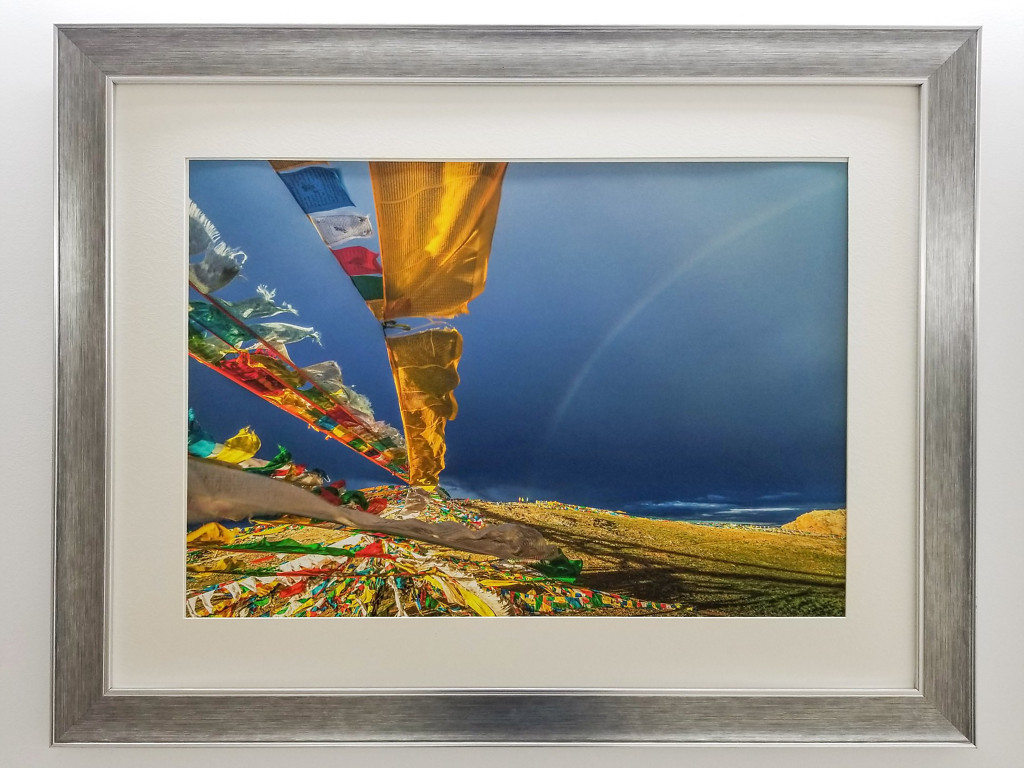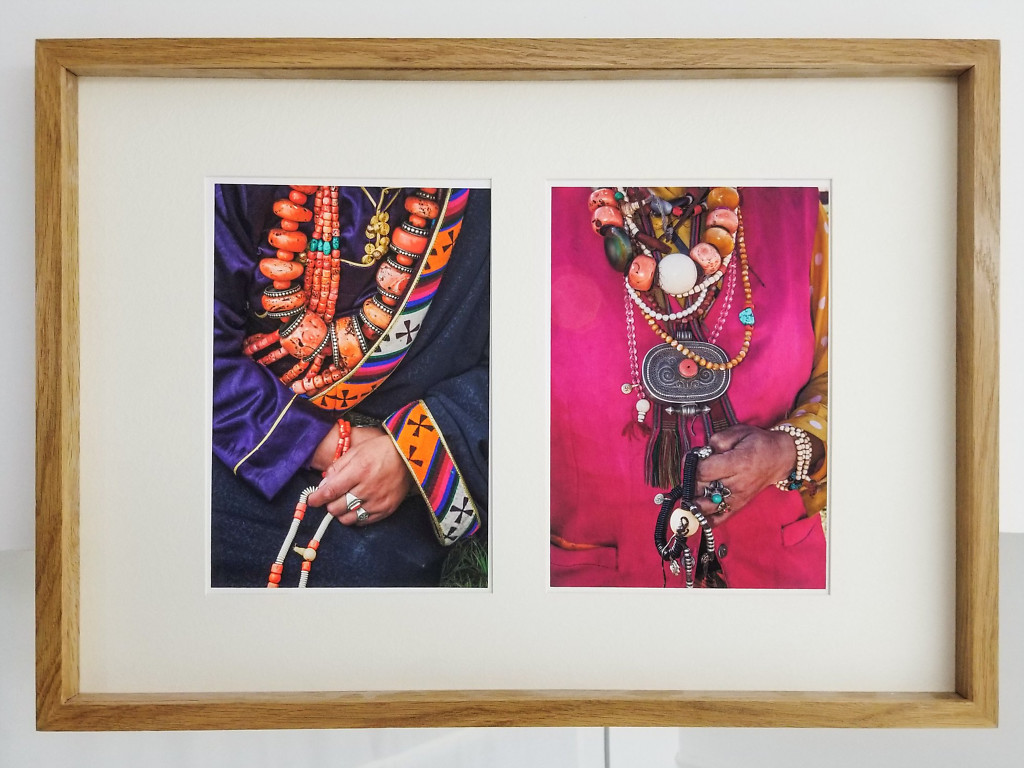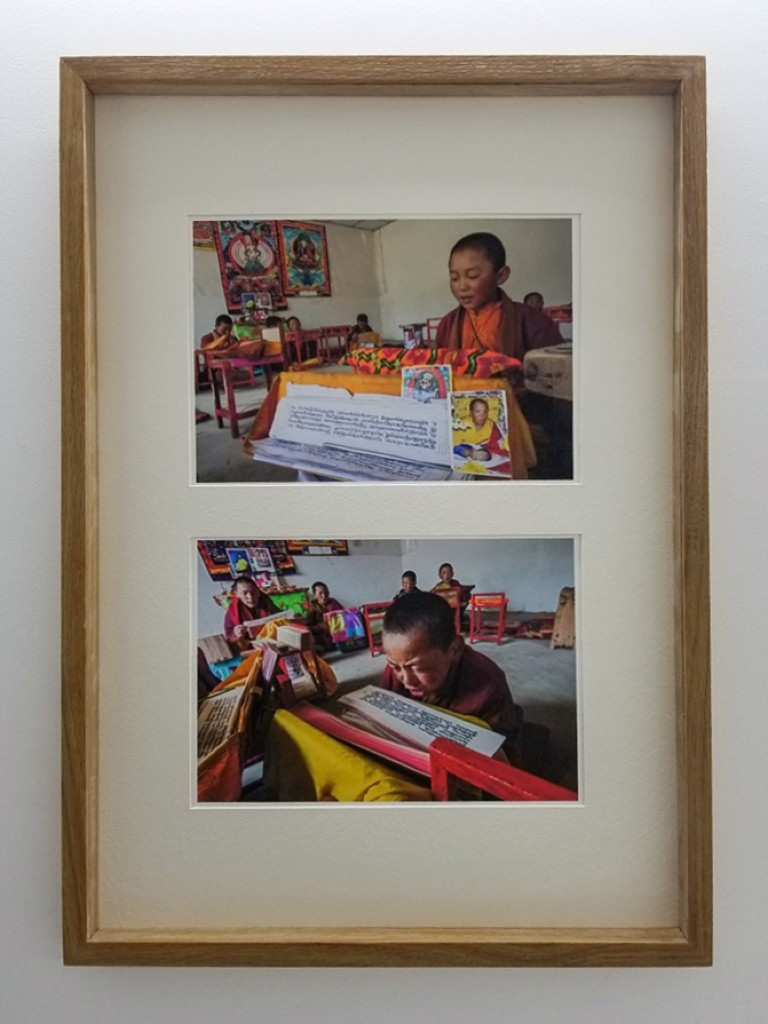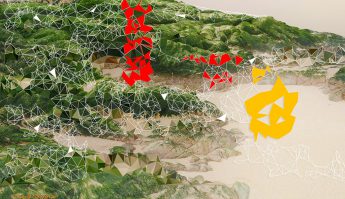Sutras of Tibet
Although Tibetan Buddhism integrates the three main vessels of Buddhism, it is distinguished by a set of practices and historical and artistic traditions that give it its special character.
The immensity of its territory, its millennial and contemporary history have shaped its expression and its art which are not only visible in the temples but along the roads and within the magnificent landscapes of the Himalaya.
In his different trips from 2013 to 2017, photographer Nhiem Hoang traveled across the Golog Tibet area (2013), from Lasha to Evererest Base Camp (2014) and in the Zanskar-Ladakh region (2017) of India.
Because of these symbols of prayers are visible in every path, walking in the Himalaya is not only a physical challenge but also a deep spiritual experience.
– Mani stones of Ladakh Zanskar area
Mani stones are stone plates, rocks inscribed with the six syllable sanskrit mantra of Avalokiteshvara (Om mani padme hum) hence the name “Mani stone”.
– Prayer flags around the Evererest Base Camp and the sacred Lake Namtso
Prayer flags are small, colorful, printed pieces of cloth hanging from passes, at the top of mountains, at crossroads, … The Tibetans believe the prayers and mantras will be blown by the wind to spread the good will and compassion into all pervading space.
– Pilgrims of the Golog Tibet region
The pilgrims travel hundreds of kilometers during their journey and they carry on them all the sacred objects used for devotion which are also derived from the shamanistic indigenous Tibetan religion, Bon.
– About Photographer Nhiem Hoang
Hoàng Nhiệm (b.1960, Ho Chi Minh City) graduated from School of Maritime Telecommunications and worked as Chief Radio Officer on ocean ships travelling across Asia. This is where he grew his passion for landscape photography. Since 1995, he has been a freelance photographer, working with landscape and commercial photography. Nhiệm extends his interests to social issues and human influences on nature.














